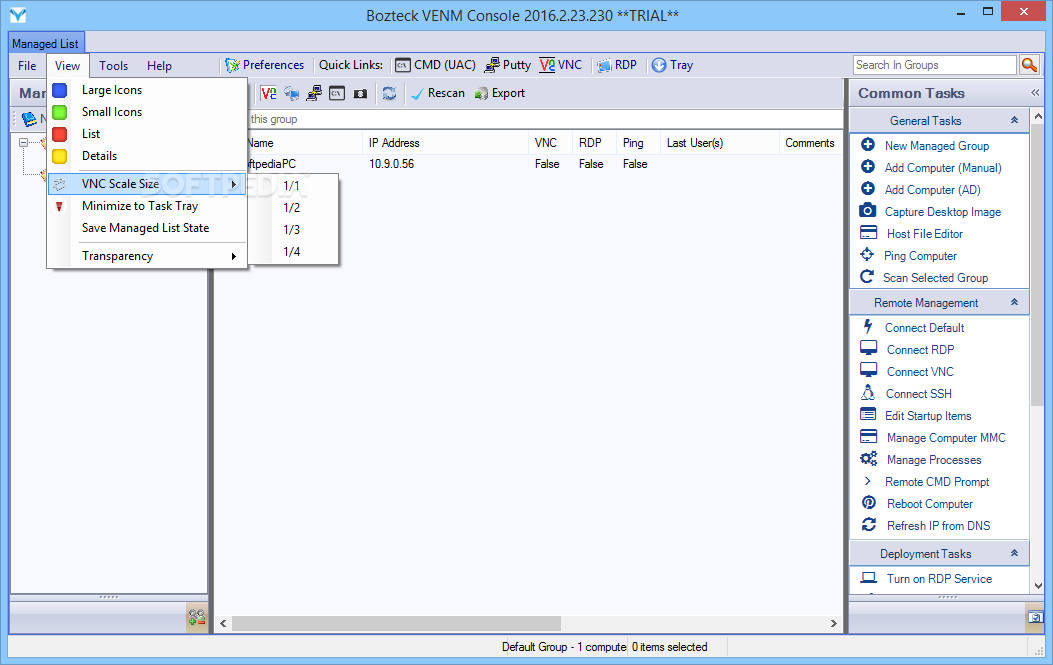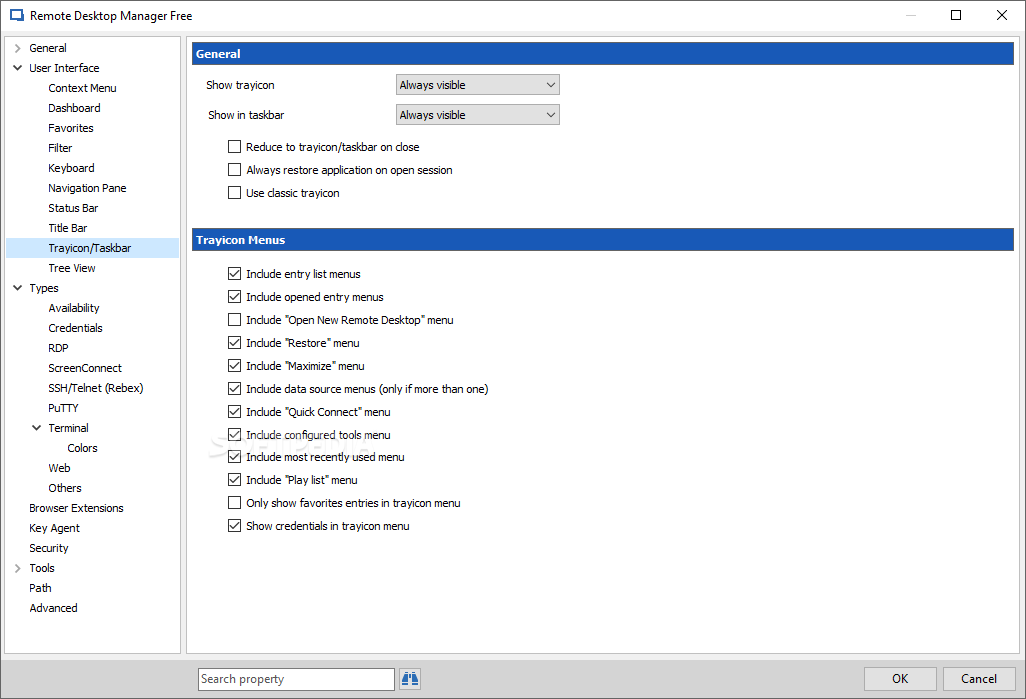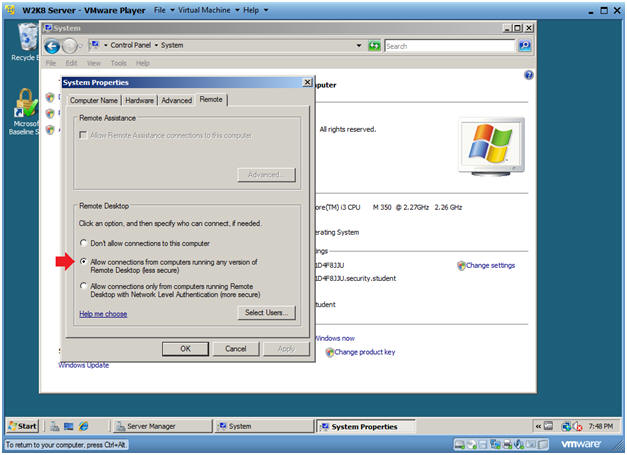


Note: We recommend the latest version of Microsoft ODBC Driver 17 for SQL Server, as it is more compatible with apps currently using the legacy Microsoft ODBC SQL Server Driver (sqlsrv32.dll) than Microsoft ODBC Driver 18 for SQL Server.
If your app is already using or able to use Data Source Name (DSN) to select ODBC connections, install Microsoft ODBC Driver 17 for SQL Server and select it for use with your app using DSN. Workaround: To mitigate this issue, you can do one of the following: If you are unsure if you are using any affected apps, open any apps which use a database and then open Command Prompt (select Start then type command prompt and select it) and type the following command: tasklist /m sqlsrv32.dll This issue might occur when calling SQLBindCol function before SQLFetch or calling SQLGetData function after SQLFetch and when a value of 0 (zero) is given for the ‘BufferLength’ argument for fixed datatypes larger than 4 bytes (such as SQL_C_FLOAT). Note for developers: Apps affected by this issue might fail to fetch data, for example when using the SQLFetch function. You might receive an error within the app or you might receive an error from SQL Server, such as "The EMS System encountered a problem" with "Message: Protocol error in TDS Stream" or "Message: Unknown token received from SQL Server". After you patch a host to ESXi 7.0 Update 3k, you can migrate a running Windows Server 2022 VM from a host of version earlier than ESXi 7.0 Update 3k, install KB5022842, and the VM boots properly without any additional steps required.ĭatabase connections using Microsoft ODBC SQL Server driver might fail.Īfter installing KB5019081, apps which use ODBC connections utilizing the Microsoft ODBC SQL Server Driver (sqlsrv32.dll) to access databases might fail to connect. If you already face the issue, after patching the host to ESXi 7.0 Update 3k, just power on the affected Windows Server 2022 VMs. For more information, see The End of General Support for vSphere 6.5 and vSphere 6.7 is October 15, 2022. vSphere ESXi 6.7 is End of general Support. Virtual machines running on any version of vSphere ESXi 8.0.x are not impacted by this issue. No update from Microsoft is needed for this issue. Resolution: This issue is resolved in VMware ESXi 7.0 U3k, released on February 21st 2023. 
Workaround: Please see VMware’s documentation to mitigate this issue. Affected versions of VMware ESXi are versions vSphere ESXi 7.0.x and below.

Only Windows Server 2022 VMs with Secure Boot enabled are affected by this issue. Windows Server 2022 might not start up on VMwareĪfter installing KB5022842 on guest virtual machines (VMs) running Windows Server 2022 on some versions of VMware ESXi, Windows Server 2022 might not start up.








 0 kommentar(er)
0 kommentar(er)
